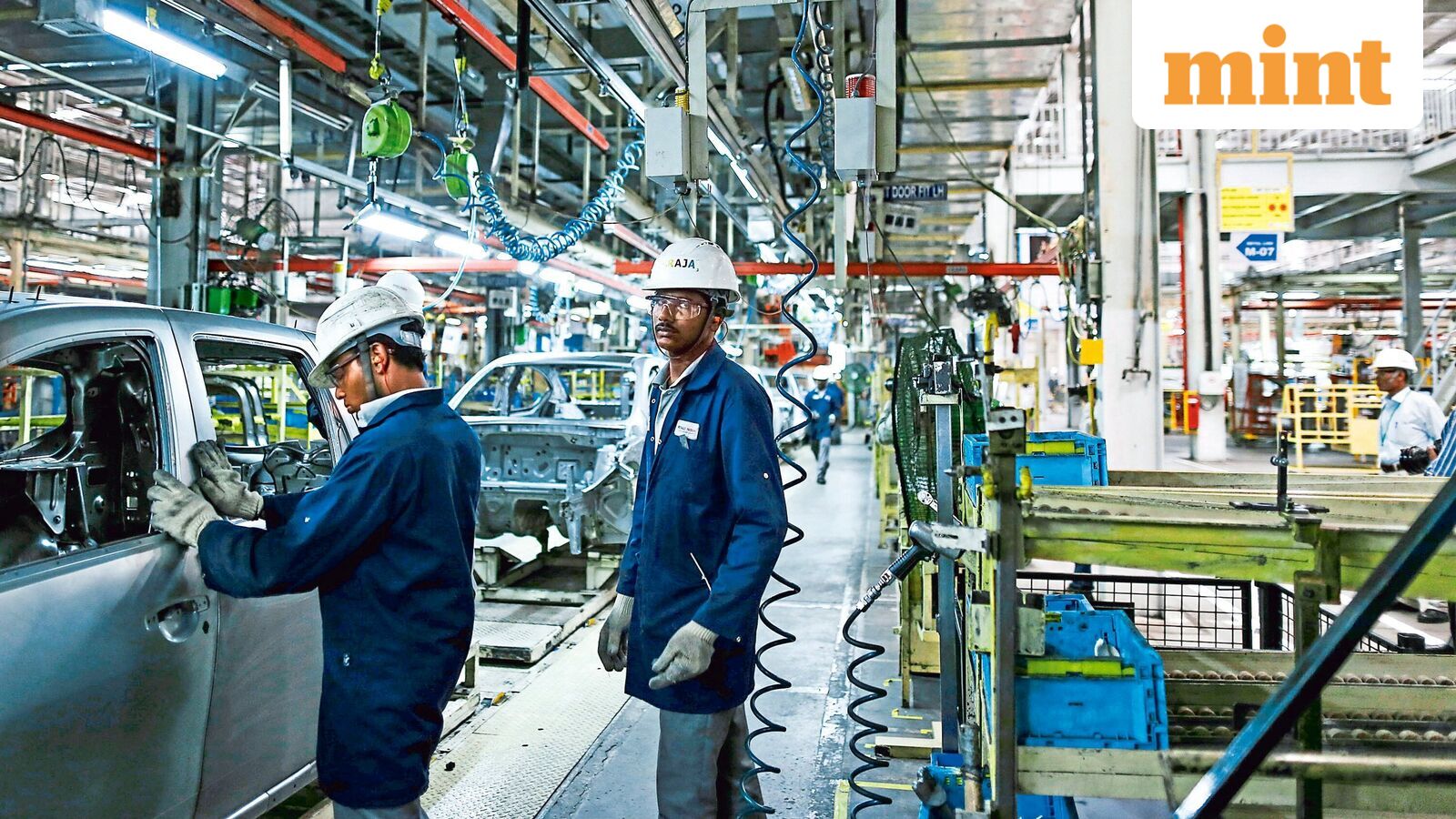This is a Mint Premium article gifted to you.
Subscribe to enjoy similar stories.
MUMBAI/NEW DELHI : Walk into the vehicle development centre of any major Indian carmaker and you’ll find dozens of rival cars stripped to their bones, engineers poring over every exposed circuit, nut and wire. Such ‘benchmarking’ helps companies understand why some models work while others don’t, track technology trends, and plan their own vehicle roadmaps.
Increasingly, though, the cars being subject to the microscope are Chinese, not European, Japanese or American. Once distant curiosities, models like the Xiaomi SU7, BYD Seal, Nio ET and Zeekr 7X dominate these teardown bays, as the industry rapidly shifts towards electric vehicles, in which the Chinese are world leaders.
In a private conversation, the top boss at an Indian car company told this publication on condition of anonymity that their company matches European rivals in technology, and that too at lower prices. But the company now benchmarks models and efforts against Chinese cars.
Even in public conversations, auto executives are beginning to acknowledge that their benchmarks are shifting east. “Automotive technology is unfolding rapidly in China with a strong focus on consumer-centric design and user experience,” said Sven Patuschka, chief technology officer at Tata Motors Passenger Vehicles Ltd.
The consumer-centric design approach by Chinese carmakers, many of whom come from industries like consumer electronics, was setting benchmarks for the global automotive industry to adapt to, Patuschka said. “In our benchmarking studies, their presence has grown organically in recent years.”
Even commercial vehicle makers are taking note of Chinese technology. “I think there are definitely opportunities we look at in the Chinese OEMs, especially in the case of software-defined vehicles, with a lot more of those features coming into the vehicles,” said N. Saravanan, chief technology officer of Ashok Leyland.
What sets the Chinese apart
Industry insiders say Chinese carmakers often design the software first, focused on consumer convenience, and then build the hardware around it. This is diametrically opposite to the traditional approach, where hardware is designed first keeping in mind aspects like intended vehicle size, aesthetics and price.
Chinese carmakers have also become adept at offering premium features at much lower price points than western or Japanese brands, making luxury and high-tech amenities accessible to more buyers. Examples: advanced driver-assistance systems (ADAS), smart cockpit design with multiple screens, facial recognition and gesture controls, dynamic suspension that adjusts itself to road and driving conditions, and premium interior materials that feel soft to the touch and sturdy in build.
“Chinese automakers have achieved a lot in terms of offering affordable luxury and crafting more compelling cost propositions with cutting-edge technology compared to established global OEMs,” said Nalinikanth Gollagunta, CEO of the automotive division at Mahindra & Mahindra Ltd. OEM means original equipment manufacturers, implying carmakers here.
Over the past decade, Chinese automakers have gained an edge by building much of their components in-house and pouring billions into building EV ecosystems across the globe. A 2025 Rhodium Group report estimates they spent $143 billion on EV and battery projects, aided by government-backed subsidies to boost R&D.
Social media is rife with comparisons between Chinese cars and European flagships. In one viral video, Nio’s flagship ET9 sedan glides over an obstacle course with almost no body roll, while two comparable German luxury sedans wobble sharply over the same track—a clip meant to highlight the Chinese car’s superior suspension.
Then, BYD’s 1,287-horsepower electric supercar, the Yangwang U9, went viral on social media when a promotional video showed the car jump over an obstacle when running at high speed.
Jim Farley, CEO of Ford Motor Company, was stunned by the tech advances of the Chinese. “It’s the most humbling thing I’ve ever seen,” he said in an interview in June, talking about the Chinese automotive industry. “They have far superior in-vehicle technology.”
Hemal N. Thakkar, senior practice leader & director at Crisil Intelligence, said the US, Japan and Europe long set the benchmark in internal combustion engine technology. But over the past decade, Chinese carmakers have led the way in EV technology—and now set the benchmark there.
According to Thakkar, Indian companies will use the Chinese as a benchmark for EVs, and it’s a good thing too, “given similarities between Indian and Chinese conditions”.
The top executive cited earlier said with a tinge of optimism that with EVs becoming more mainstream in India and considering the pace of technology development here, there is an opportunity for India too to set benchmarks for global companies to follow.
Typically, developing a new vehicle or platform has two parts. One, automakers study the best technology and models in the segment they want to launch their products in. Two, combine that understanding with customer insights to decide which products to measure themselves against.
Download the Mint app and read premium stories
Log in to our website to save your bookmarks. It’ll just take a moment.
You are just one step away from creating your watchlist!
Oops! Looks like you have exceeded the limit to bookmark the image. Remove some to bookmark this image.
Your session has expired, please login again.
You are now subscribed to our newsletters. In case you can’t find any email from our side, please check the spam folder.
This is a subscriber only feature Subscribe Now to get daily updates on WhatsApp












